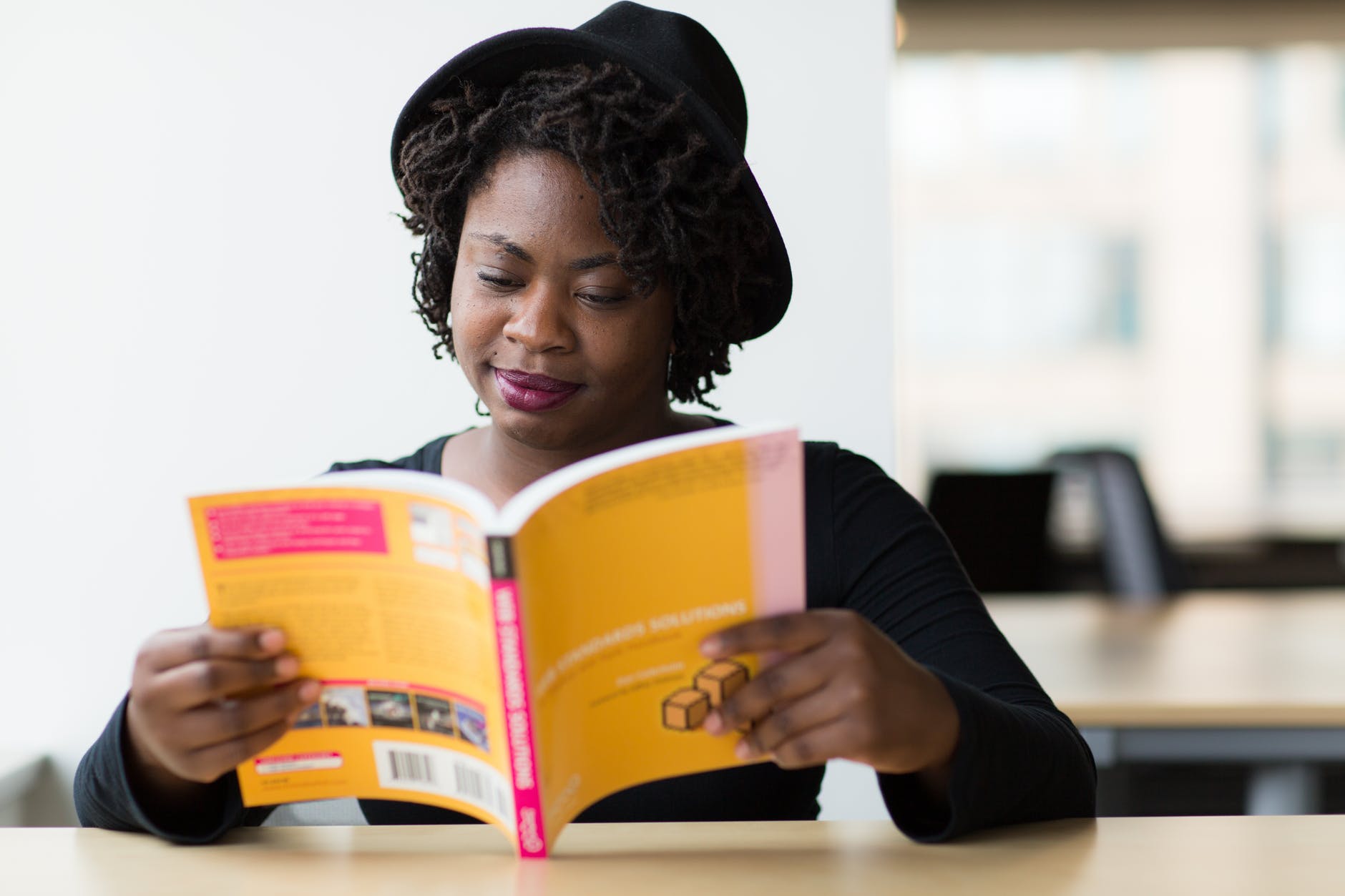
As we have written throughout this semester, many challenges that students encounter with writing stem from difficulties with reading. These difficulties range across disciplines, but each discipline might face its own set of challenges. The problem many faculty in the sciences experience, writes Laura Davies in her article on teaching reading in science courses, is that often “students regard scientific texts as collections of facts.” Thus, Davies says, students engage articles purely for content and can overlook how that content engages in broader disciplinary conversations and practices, which are often critical for entering into a disciplinary community. So, how do we help students read for more than facts?




